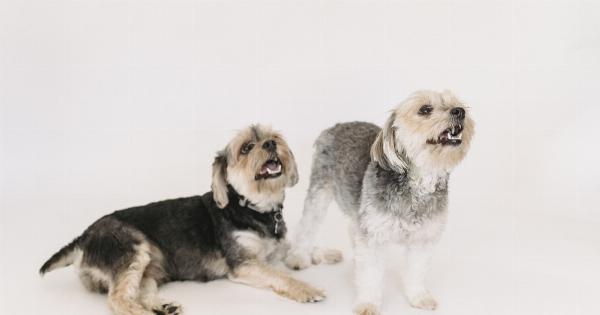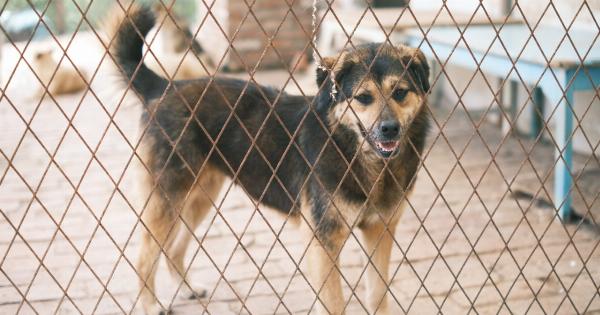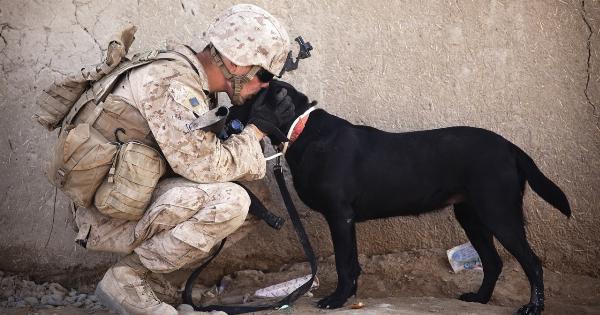If you are looking for a small dog that is full of energy, keeps you entertained and never leaves your side, then look no further than the Pomeranian.
These little furballs are undeniably adorable, and it’s hard not to fall in love with their cute, fluffy faces. In this article, we’ll take a closer look at the Pomeranian breed and explore what makes them such great pets.
History of the Pomeranian
The Pomeranian, also known as the Pom or Zwergspitz in Germany, is a member of the Spitz family of dogs. They originated from the Pomerania region of Central Europe, which is now split between Germany and Poland.
These little dogs were initially bred as working dogs, and their duties included herding sheep and pulling sleds. Over time, they became popular companions to royalty, including Queen Victoria of England, who was a well-known Pomeranian enthusiast.
Physical Characteristics of the Pomeranian
Pomeranians are small and light dogs, weighing between 3-7 pounds, with a height of between 7-12 inches at the shoulder. They are covered in thick, fluffy fur that can come in a variety of colors, such as red, orange, cream, black, and blue.
Most popular Pom dog breeds have a straight and erect tail, and a distinctive pointed face.
Their coat is their most distinguishing feature, and it requires regular grooming to keep it from matting. Pomeranians have a double coat, which means they have a thick undercoat and a long, fluffy outer coat.
They also have cute little ears that are erect and small, giving them an alert and curious appearance. They are small enough to be carried around in a purse but are still sturdy enough to play and run around.
Temperament and Personality
The Pomeranian is a highly intelligent breed, and they are known for being fast learners. They are incredibly loyal to their family and always want to be around them, and this makes them highly affectionate.
They are also playful and love to run around, so they make great companions for children and adults who are active. They can sometimes be stubborn, but training goes a long way with these dogs.
One thing to note is that they do have a tendency to bark, which makes them great watchdogs. They are not shy and will protect their territory fiercely, and sometimes, it can take a little effort to train them not to bark unnecessarily.
Pomeranians are friendly dogs and get along well with other animals, though they may let you know their feelings about new pets.
Health and Maintenance
Pomeranians are generally healthy dogs, and they can live up to 16 years if they are well looked after. However, they are prone to certain health problems, such as joint issues, dental problems, and skin allergies.
It’s essential to keep their teeth clean, and regular brushing of their coat is required to prevent matting. They are sensitive to heat and cold, so make sure they are well protected in extreme temperatures.
To keep a Pomeranian healthy, you need to provide them with regular exercise, including short daily walks. It’s also essential to feed them a healthy diet, and make sure they have access to fresh water at all times.
Keeping their fur clean and well-groomed will help prevent any skin irritations or allergies from developing. Regular vet checkups are always a good idea to make sure they are in good health.
Training Your Pomeranian
Training is essential for Pomeranians, especially when it comes to potty training and barking. They are intelligent breeds and can be trained easily using positive reinforcement techniques.
Training also helps keep their minds active and challenged, which, in turn, reduces their tendency towards destructive behavior.
Socialization is also critical for Pomeranians. They are friendly dogs, but they need to be taught how to behave around people and other animals.
By exposing them to various situations and people, they can learn how to behave politely and manage their emotions. This also helps to prevent them from becoming aggressive.
Conclusion
The Pomeranian is a fantastic breed, full of energy and personality. They are small, cuddly, and fiercely loyal to their owners. With proper grooming and care, you can enjoy their company for many years.
They may be small in size, but their personality more than makes up for it. If you’re considering adopting a Pomeranian, be prepared to be entertained and have a new best friend for life.































